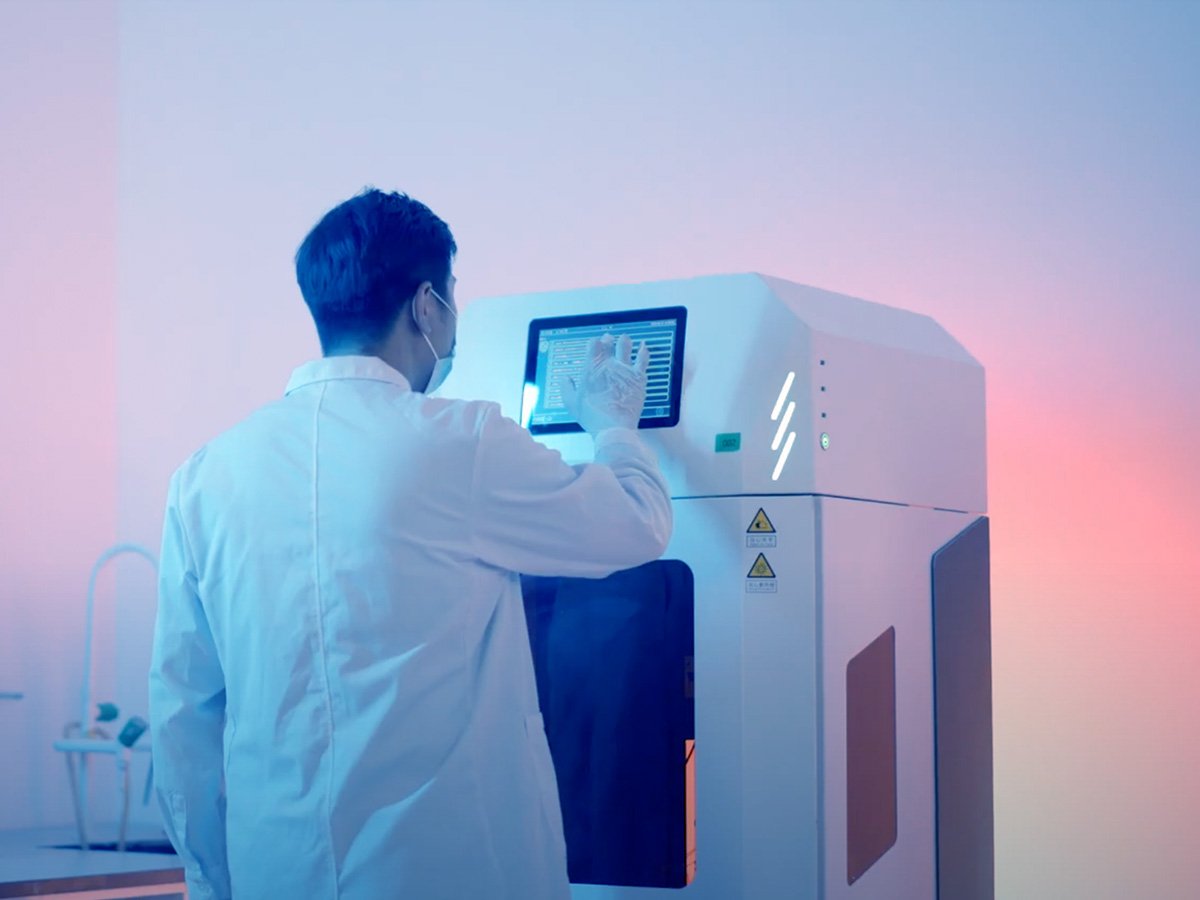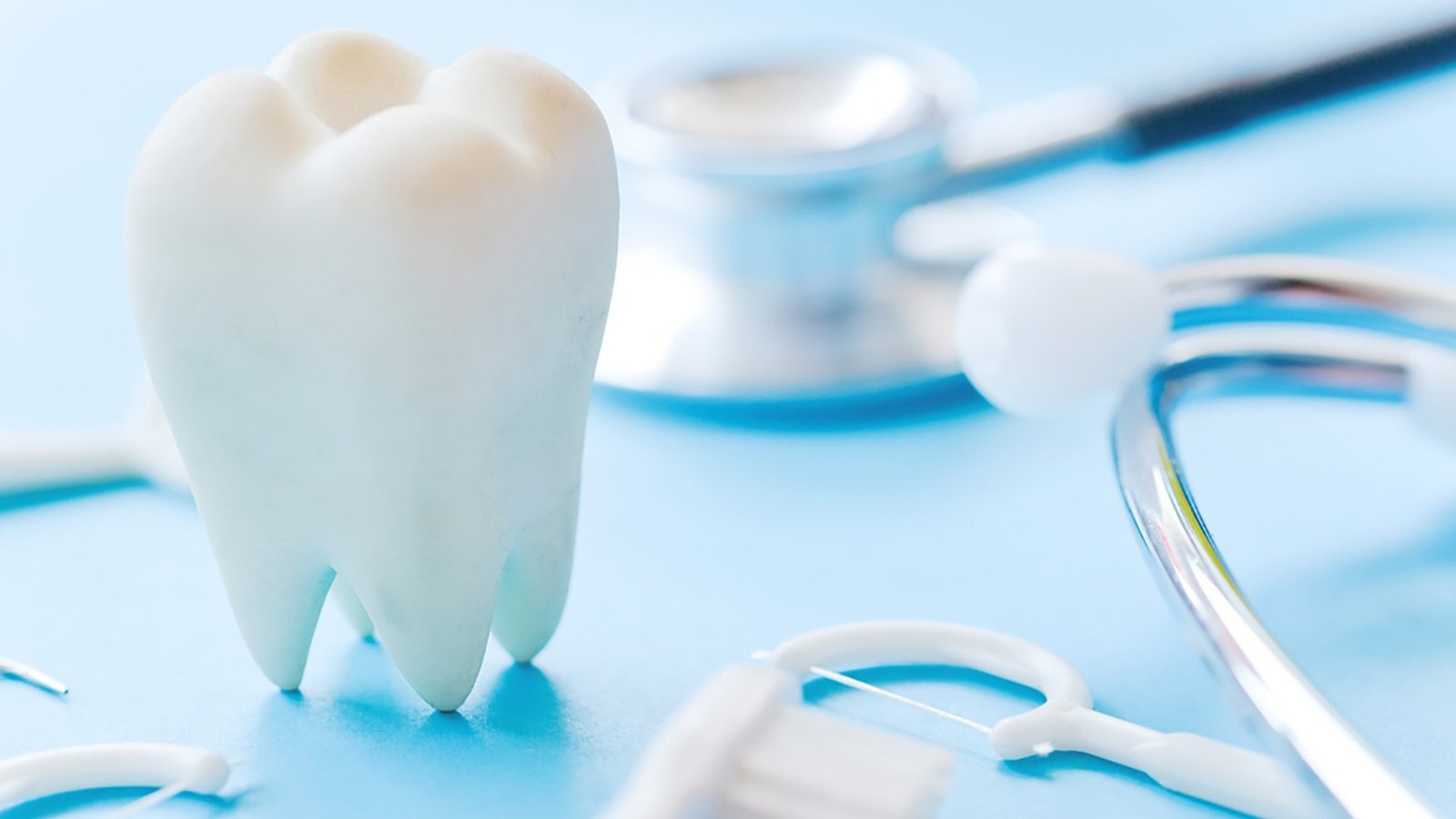Once your braces come off, keeping that perfect smile in place becomes the next challenge. This is where the orthodontic retainer types come into play. You need to choose the right one so that you will not go back to your initial position. So, whether you are new to orthodontic retainer type cost or you are comparing different types of orthodontic retainers, we make it all very simple for you here. While Aidite doesn’t manufacture retainers, we are enabling practitioners and clinics to provide permanent results with the help of dental solutions and education.

What Are Orthodontic Retainers?
Orthodontic retainers for teeth are arch-shaped devices, often used after orthodontic treatment, to maintain alignment. A retainer maintains your teeth in their new place after braces have moved them. They are crucial in the relapse prevention and stabilization of your bite.
You will find different types of orthodontic retainers that have tailored characteristics for different kinds of patients. An understanding of what are orthodontic retainers and the different orthodontic retainer types gives patients and professionals the information they need to make decisions concerning post-treatment care.
Most Common Orthodontic Retainer Types
1. Hawley Retainers
Removable retainer that sits behind the lower teeth or against the roof of the mouth and has a plastic foundation. It uses a metal wire that runs across the front of your teeth to keep them in place. This timeless design is readily adjustable and has been in use for many years.
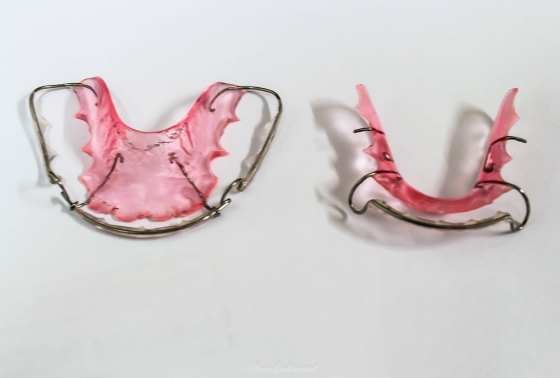
Materials: Acrylic plates and stainless steel wire
Pros:
- Can be adjusted by your orthodontist
- So strong and muscular that it can withstand damage
- Allows natural bite contact
- Easy to clean and maintain
- Can be repaired if broken
- Cost-effective over time
Cons:
- More visible than lucid alternatives
- It might temporarily alter your speech just a little bit
Price: Approximately $150-$300 a piece.
Longevity: 5–10 years with good care and regular adjustments.
Best used for: When you need a stable system over the long haul, but might require some slight adjustments as time passes. For patients who prefer something strong and reliable with a lengthy history of use in orthodontics, this clear aligner is a solid choice.
2. Essix Retainers
A detachable, transparent retainer that completely encloses the tooth arch. It is nearly unnoticeable and may be modified to fit over your teeth snugly. That is why many patients choose this option, because of aesthetics and discretion.
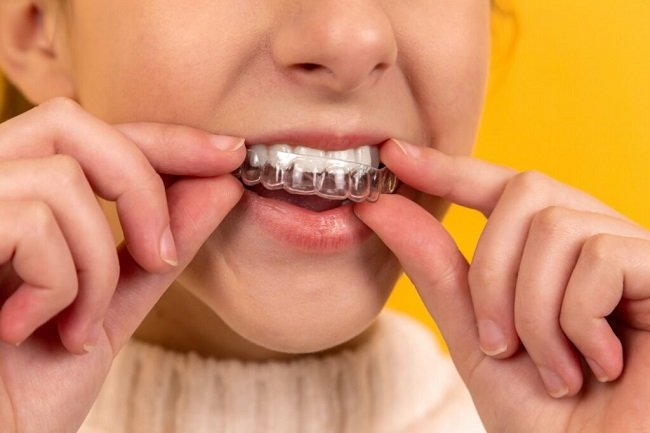
Material: Lightweight, BPA-free thermoplastic material.
Pros:
- Nearly invisible appearance
- Comfortable and snug fit
- Easy to wear and remove
- Handy for short-term or decorative purposes
- Metal parts are avoided for the patient (allergic)
- Affordable initial cost
Cons:
- Can warp under heat
- Less durable than other types
Price: Typically $100–$250 per set.
Longevity: 6 months to 2 years, depending on use and material quality.
Best used for: It is mainly used for aesthetic appearance during public events or meetings, etc. Great for patients who want to wear the best type of orthodontic retainer without anyone noticing, retaining their smile while socializing.
3. Fixed (Bonded) Retainers
A thin wire attached to the rear of the front teeth, usually the lower ones. The appliance is held in place permanently unless removed by a dentist, providing passive retention to prevent your teeth from shifting.
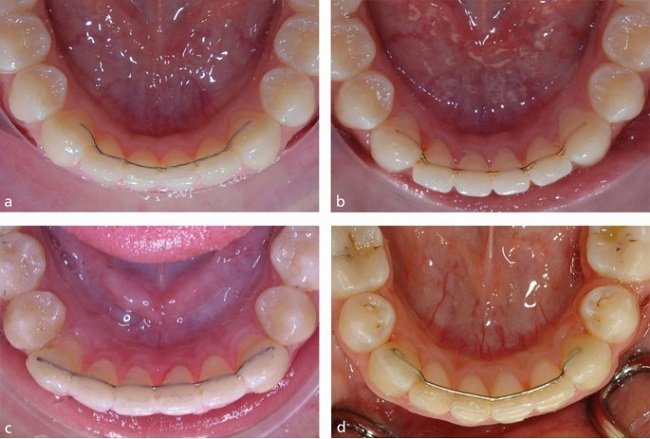
Material: Flexible stainless steel wire.
Pros:
- No need for patient compliance
- Always in place, works 24/7
- Invisible from the front
- Stops tooth movement after many years
- Best for high-reliability surgical patients
- Lower chance of forgetting or losing the retainer
Cons:
- It may be hard to clean around
- If not taken care of, it can lead to plaque buildup
Price: $250–$500 based on placement.
Longevity: 5–10 years or longer, with adequate oral hygiene and maintenance.
Best used for: The patient has a high risk of relapse and needs long-term, sustained retention. Ideal for low-maintenance types of orthodontic patients who may forget to wear removable type of retainers each day
Each of these different types of retainers can be made to accommodate the lifestyle of the patient and how the Dental Treatments plan progresses, and orthodontists will work with each individual to determine the best for their patients. Know the orthodontic retainer type cost so that you can choose the best one for your dental health goals accordingly.
The Importance of Wearing Retainers Following Orthodontic Treatment
- Stop Your Teeth From Moving: Without best type of orthodontic retainer, your smile may not remain right where it has been.
- Aid Bone Integration: They assist with the jawbone developing around your new alignment.
- Reversal of Treatment Minimization: Skipping orthodontic retainer types can reverse decades of work.
- Stabilize the Soft Tissues: They hold your gums and ligaments in place in the new position.
- Functionality Bites Alignment: The effective different types of orthodontic retainers guarantee your bite works.
- Avoid Additional Costs: Purchasing one of the best orthodontic retainers for teeth will save on costly re-therapy.
How to Choose the Right Orthodontic Retainer
The choice of orthodontic retainer types should not come down entirely to taste but rather to finding the best fit for the individual dental needs, habits, and goals of the patient. Whether you are a teen at the end of the road for braces or an adult who is having to retreat your smile, this decision is going to affect the stability of your smile in the long run.
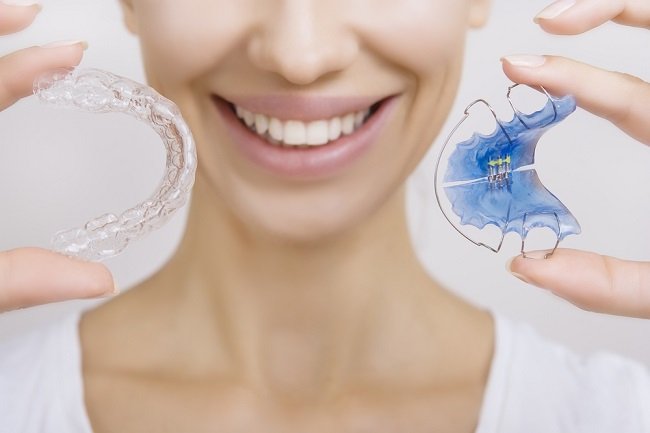
- Aesthetic Requirements: You simply want to feel and appear good, and you do not want your retainers to stand apart from your teeth. Therefore, Essix retainers are almost invisible compared to all the different types of orthodontic retainers, which will make it easier for anyone to be more social and professional.
- Longevity & Agility Preference: Hawley retainers are strong, flexible, provide an increased lifespan, and prevent breakage.
- Consistency: Fixed retainers allow you to wear them 24/7 without user compliance, and that retainer type means you get the results without any daily effort.
- Comfort: A Certain best type of orthodontic retainer (like Essix) are more subtle and less clunky, a nice touch for sensitive users.
- Cost: Depending on the orthodontic retainer type cost, try to make a financial plan.
- Lifestyle Fit: Removables are better in some professions or activities, and they give you more space in your day-to-day life.
- Orthodontist Recommendation: Always listen to the guidance tailored specifically to your bite location, dental history, and overall health needs.
With each one, you can get a little closer to figuring out which of the different types of orthodontic retainers is for you. Discuss with them to find a middle ground between comfort, efficacy, and durability.
How to Properly Maintain Your Orthodontic Retainer
To reap maximum benefits from your orthodontic retainer types, they must be well maintained. Taking good care of them can help them last longer and continue to do their job of protecting your smile for longer.
- Brush Regularly: Brush your retainer with a soft toothbrush and a non-abrasive soap or a retainer cleaner to reduce plaque and avoid odor or staining.
- Keep it Safe: When you aren’t wearing your retainer, keep it in a retainer case for protection and prevent it from going missing.
- Avoid Heat Exposure: Stay clear of hot water, sun, or dishwashers, as heat causes the retainer to become misshapen.
- Look for Damage: Check for cracks or bends every so often. Weakened types of retainers will not maintain your tooth in place.
- Regular Checkups: Visit your orthodontist to ensure the retainer still fits and functions as intended, especially if any discomfort arises.
Following these habits also makes sure your orthodontic retainers for teeth do their job and maintain your alignment long after active treatment is over.
For the ones who want to follow dental-related stuff, tools, and professional knowledge (such as orthodontic retainer types), follow the Aidite blog, which is trusted by clinics worldwide. Aidite helps create a more trusted place to learn about them through our innovative educational techniques.
Frequently Asked Questions
Q1. What is the strongest of all retainer types?
The most durable type is Hawley retainers. With the right amount of care, they can stay in your mouth for many years. If at any point the need for an adjustment or repair arises, your orthodontist will be able to help.
Q2. What is the most invisible type of retainer?
The most discreet option is Essix retainers. They fit tightly over teeth, are transparent plastic, and are almost invisible when worn.
Q3. Fixed retainer or removable retainer, which one is better?
Fixed retainers are active all the time but need good hygiene. They are gentler but also require user cooperation as a removable retainer.
Summary
Knowing your orthodontic retainer types will help to protect your new smile after the braces are off. For long-term oral health, each orthodontic retainer for teeth serves a purpose, and so does the orthodontic retainer type cost, from retainer types like Hawley and Essix to fixed orthodontic retainers. This guide breaks down the different types of orthodontic retainers, care precautions, and selection to help patients and professionals alike choose smartly. Aidite offers other extremely useful dental resources as tools, education, and clinic support on a global scale.

